What to Do After Mold Remediation?
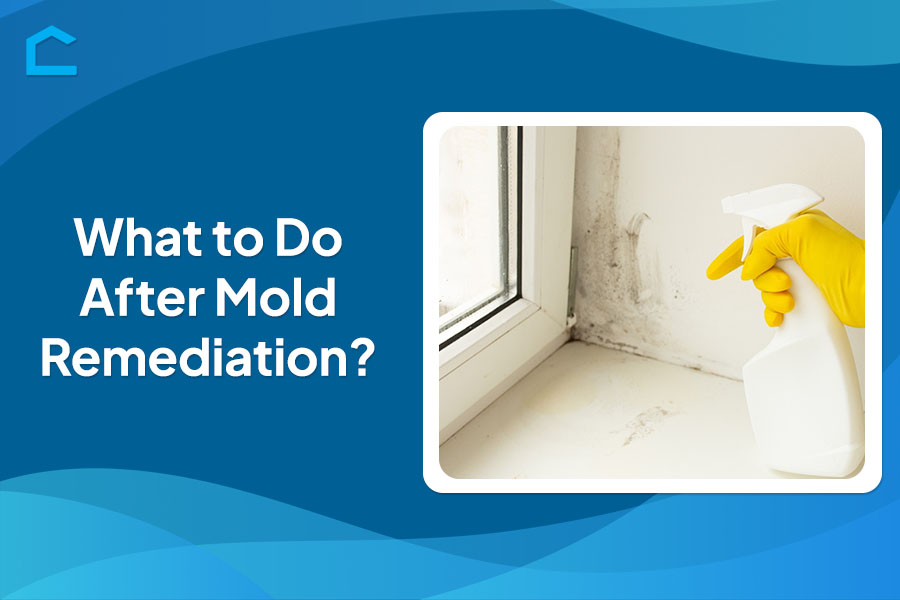
Mold remediation is a crucial process for addressing fungal growth in homes and buildings, but the journey doesn’t end once the visible mold is removed. The aftermath of mold remediation is equally important. It requires careful attention and specific actions to ensure a healthy living environment.
Knowing what to do after mold remediation is essential for maintaining a mold-free space and preventing future infestations.
In this article, we’ll explore the vital measures homeowners and property managers should implement after mold remediation. From addressing underlying moisture issues to implementing preventive strategies, we’ll cover the key aspects of post-remediation care. Understanding these steps is critical not only for safeguarding your property but also for protecting the health of its occupants.
By following the right procedures, you can maximize the effectiveness of the remediation process and create a safer, healthier living environment for years to come.
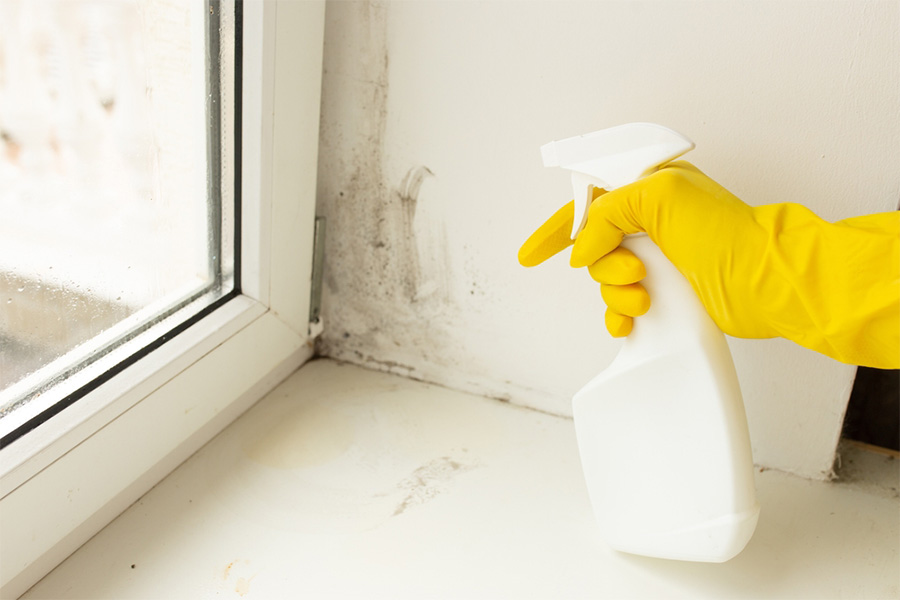
Source: shutterstock.com / Photo Contributor: yana_vinnikova
What to Do After Mold Remediation in House?
Importance of post-remediation steps
Taking appropriate actions after mold remediation is important for ensuring long-term success and preventing recurrence. These steps are essential for verifying complete mold elimination, addressing root causes, and maintaining a healthy living environment.
By following through with post-remediation care, you protect your investment in mold removal and safeguard your family’s health. This process involves a combination of immediate actions and long-term prevention strategies, all aimed at creating an environment that is inhospitable to mold growth.
Immediate post-remediation actions
Immediately after mold remediation, focus on thorough cleaning and disinfection of the affected area. Use HEPA filter vacuums and appropriate cleaning agents to remove any remaining mold spores. Properly dispose of contaminated materials that couldn’t be salvaged, following local regulations.
Conduct air quality testing to ensure mold levels have returned to normal, comparing indoor samples to outdoor air. These immediate steps help confirm the effectiveness of the remediation process and prevent cross-contamination.
Long-term prevention strategies
For long-term mold prevention, implementing moisture control measures is key. Fix any water leaks promptly, use dehumidifiers in damp areas, and ensure proper ventilation throughout your home. Regular inspections and maintenance, including checking for signs of moisture and maintaining gutters and downspouts, are crucial.
Improving air circulation by using fans, leaving space between furniture and walls, and considering whole-house ventilation systems can also help prevent mold growth. These ongoing efforts create an environment that is resistant to mold, protecting your home and health in the long run.
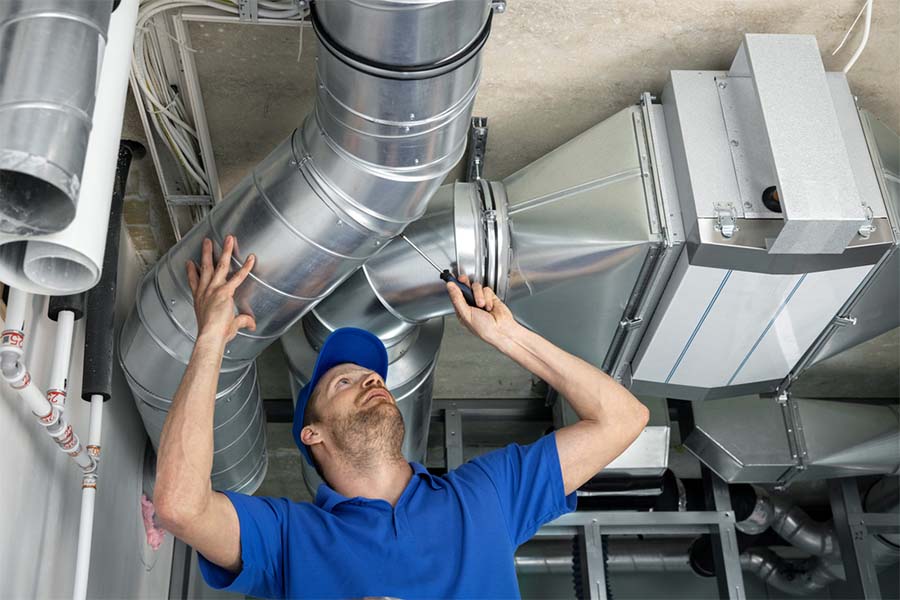
Source: shutterstock.com / Photo Contributor: ronstik
Immediate Actions Post-Remediation
Inspection and verification
After mold remediation, thorough inspection and verification are necessary steps to ensure the effectiveness of the process. Start with a comprehensive post-remediation inspection, examining all treated areas for any signs of remaining mold or moisture.
Utilize tools like moisture meters and thermal imaging cameras to detect hidden issues. Consider hiring a third-party inspector for an unbiased assessment, as they can provide an objective view and may catch things the remediation team missed.
Carefully review the remediation company’s clearance report, comparing it to the initial assessment and ensuring all identified issues were addressed. This multi-faceted approach to inspection and verification helps confirm that the mold problem has been fully resolved. It provides a solid foundation for maintaining a mold-free environment.
Air quality testing
Air quality testing is an essential component of post-remediation actions. It confirms that mold spore levels have returned to normal and provides concrete data on your home’s air health. Professional testing using methods like spore trap or PCR testing can detect even microscopic mold spores.
When interpreting results, compare indoor air samples to outdoor air, looking for significant reductions in mold spore counts. If results are unsatisfactory, take immediate action by consulting with the remediation company and addressing any overlooked issues.
Schedule follow-up tests to confirm the effectiveness of any additional remediation efforts. Implementing ongoing air quality monitoring, including regular visual inspections, helps maintain a healthy indoor environment. Using home air quality monitors can catch any new mold growth early.
Cleaning and Sanitizing
Deep cleaning of affected areas
After mold remediation, thorough cleaning is crucial to ensure a mold-free environment. Begin with HEPA vacuuming to remove remaining spores, followed by antimicrobial treatments on all surfaces. Extend cleaning to adjacent areas to prevent cross-contamination, using similar methods and creating barriers to protect cleaned spaces.
Don’t forget air cleaning – run HEPA air purifiers, change HVAC filters, and consider professional duct cleaning to improve overall air quality.
Cleaning household items
Assess all items in the affected area, deciding what can be cleaned and what must be discarded. Wash contaminated fabrics in hot water and clean non-porous items with antimicrobial solutions. Handle sensitive items like books and electronics with special care, potentially consulting specialists for valuable pieces.
When cleaning furniture, use appropriate methods based on the material. For wooden furniture, use wood cleaners. Upholstery should be cleaned with HEPA vacuuming or by professionals. Leather items require a leather cleaner, followed by a conditioner.
Sanitizing techniques
Employ various sanitizing techniques to ensure thorough decontamination. Use EPA-registered disinfectants or natural alternatives like vinegar or hydrogen peroxide, always testing on a small area first.
Steam cleaning can be effective for heat-tolerant surfaces, but be cautious with porous materials. Consider UV light treatment as a supplemental method, especially for hard-to-reach areas, but remember it doesn’t replace physical cleaning.
Always prioritize safety when using any sanitizing method, wearing protective gear, and ensuring proper ventilation.
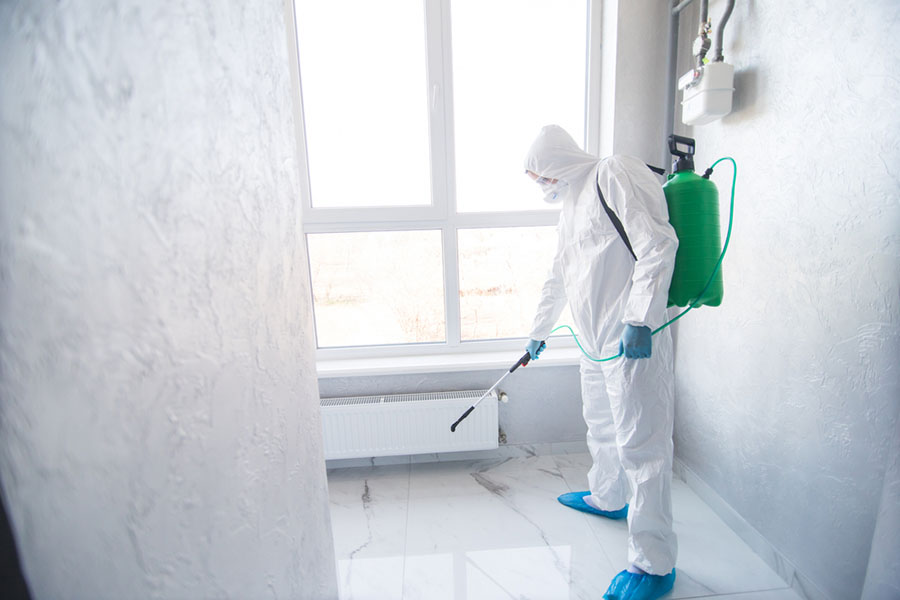
Source: shutterstock.com / Photo Contributor: F8 studio
Addressing the Source of Moisture
Identifying and fixing leaks
Regular inspections are important for preventing moisture issues. Check your walls, plumbing, and basement for signs of leaks or water intrusion. Look for water stains, peeling paint, or musty odors. Use tools like moisture meters and thermal cameras to aid your inspection. Once leaks are found, act quickly to repair them.
Patch small roof leaks, seal cracks in walls, and fix plumbing issues promptly. Address water intrusion in basements by applying waterproof coatings and ensuring proper grading around your home’s foundation.
Improving ventilation
Good ventilation is key to controlling moisture. Install exhaust fans in bathrooms and kitchens and use them during and after activities that produce moisture. Consider whole-house ventilation systems for continuous air exchange.
Open windows when weather permits and use ceiling fans to promote air circulation. Dehumidifiers and air purifiers can complement your ventilation efforts. Place dehumidifiers in damp areas and use air purifiers with HEPA filters to remove airborne particles and allergens.
Monitoring humidity levels
Use hygrometers to measure indoor humidity levels. Place them in different areas of your home to identify problem spots. Check readings regularly and track long-term trends.
Aim to keep indoor humidity below 60% to prevent mold growth, with 30-50% being ideal in winter. Take action if humidity exceeds safe levels by running dehumidifiers more frequently and increasing ventilation.
Be aware of seasonal changes in humidity and adjust your strategies accordingly. Use air conditioning and dehumidifiers more in summer, and monitor for excessive dryness in winter. Maintaining balanced humidity levels improves comfort and health while preventing moisture-related issues in your home.
Preventive Measures After Mold Remediation
Preventing mold regrowth after remediation requires vigilance and proactive measures. Regular inspections of high-risk areas like bathrooms and basements are crucial for maintaining a healthy home environment.
To prevent moisture issues, it’s critical to properly maintain HVAC, plumbing, and roofing systems. Waterproofing basements and crawl spaces, as well as sealing potential entry points around windows, doors, and utility lines can further safeguard your home.
Proper landscaping plays a vital role in moisture control as well. Ensure the ground slopes away from your foundation and consider installing French drains if necessary. Maintaining gutters and downspouts to direct water away from your home is equally important.
Choosing plants that help control soil moisture and create a barrier between mulch and your home’s siding can also help. By implementing these preventive measures, you can significantly reduce the risk of mold recurrence and maintain a healthy, dry environment in your home.
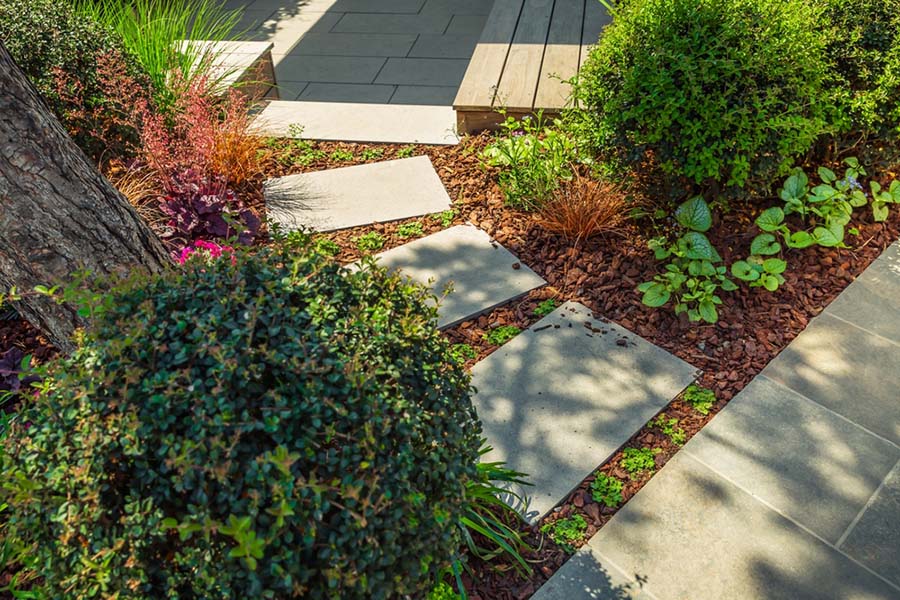
Source: shutterstock.com / Photo Contributor: Ingrid Balabanova
Documentation and Record-Keeping
Maintaining thorough documentation and records is crucial in various scenarios, especially when it comes to remediation, insurance claims, and future property sales. So, here’s a detailed overview of best practices for documentation and record-keeping in these contexts.
Maintaining remediation records
Document the initial state of the issue and include photos, videos, and detailed descriptions of the damage. Then, record all proposed remediation plans, like estimates, proposed timelines, and involved parties.
Furthermore, document the completion of the remediation, including a summary of the actions taken, before-after photos, and a final assessment of the resolved issue.
Lastly, keep all financial records, receipts, invoices, and payment confirmations that include material, labor, and other costs involved in the remediation process.
Insurance and future sales
If you have your real estate under insurance, you should document all the damage. This includes a detailed account of what happened when it happened, and the extent of the damage.
Remember to keep all copies of submitted claim forms and supporting documents. In case of future sales, having these in hand may help you provide a detailed property history and enable transparent communication. In some cases, renovations and remediations may increase the total property value.
Conclusion
We hope this article has helped you understand the importance of ongoing vigilance and preventive measures. Knowing what to do after mold remediation is critical for maintaining a healthy, mold-free environment.
To reduce the risk of mold recurrence, you should implement regular inspections and maintain proper ventilation. As additional measures, you should control moisture levels and address potential water intrusion points. Remember, mold remediation is not a one-time solution but the beginning of a proactive approach to home maintenance.
Stay attentive to signs of moisture, keep up with necessary repairs, and don’t hesitate to seek professional help when needed. With these strategies in place, you can enjoy a safer, healthier living space and protect your investment in mold remediation for years to come.
